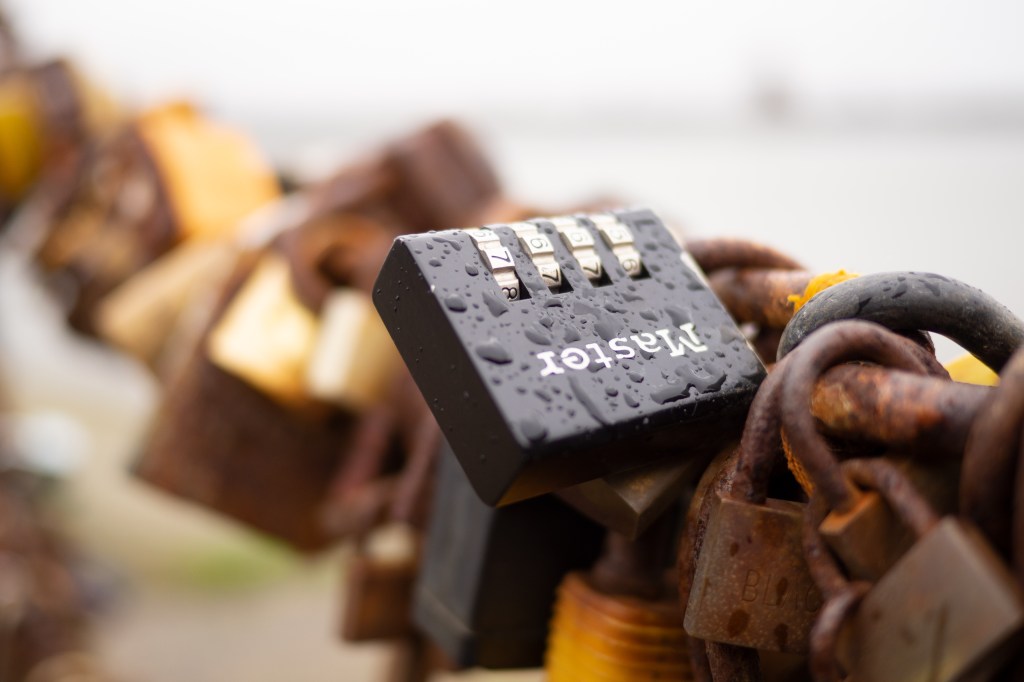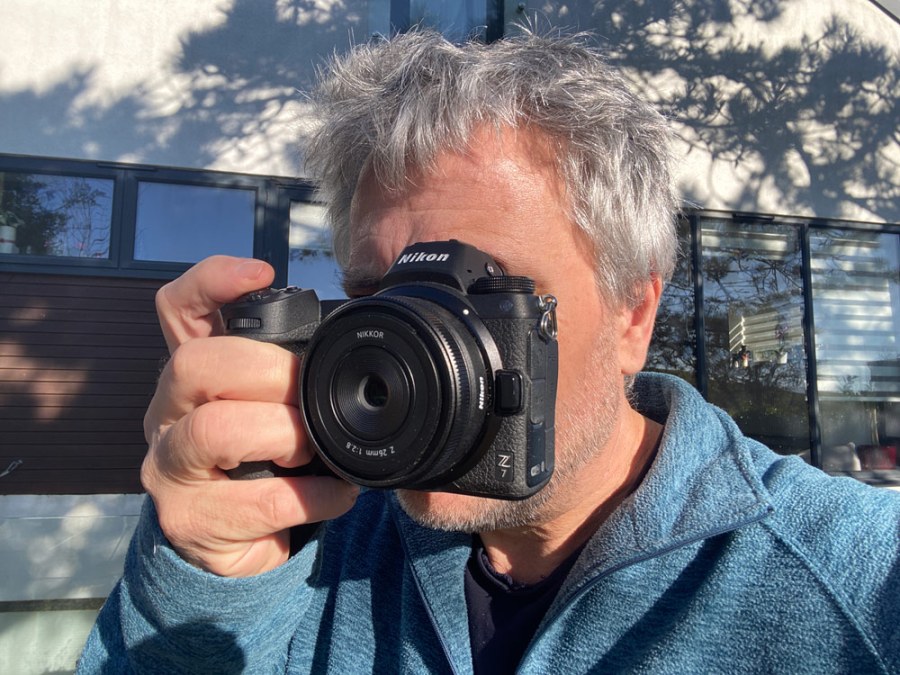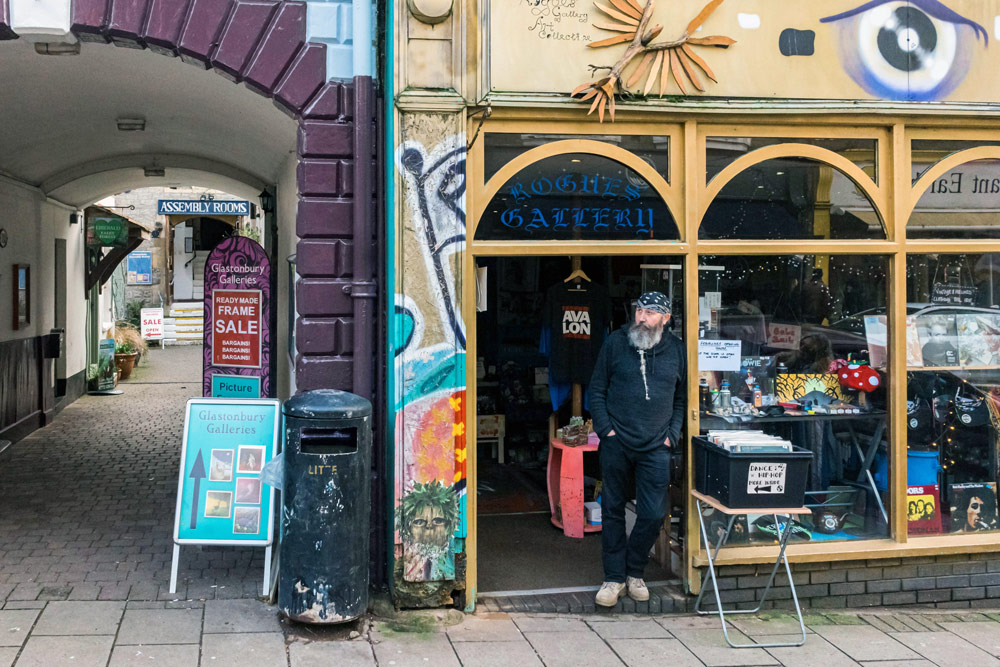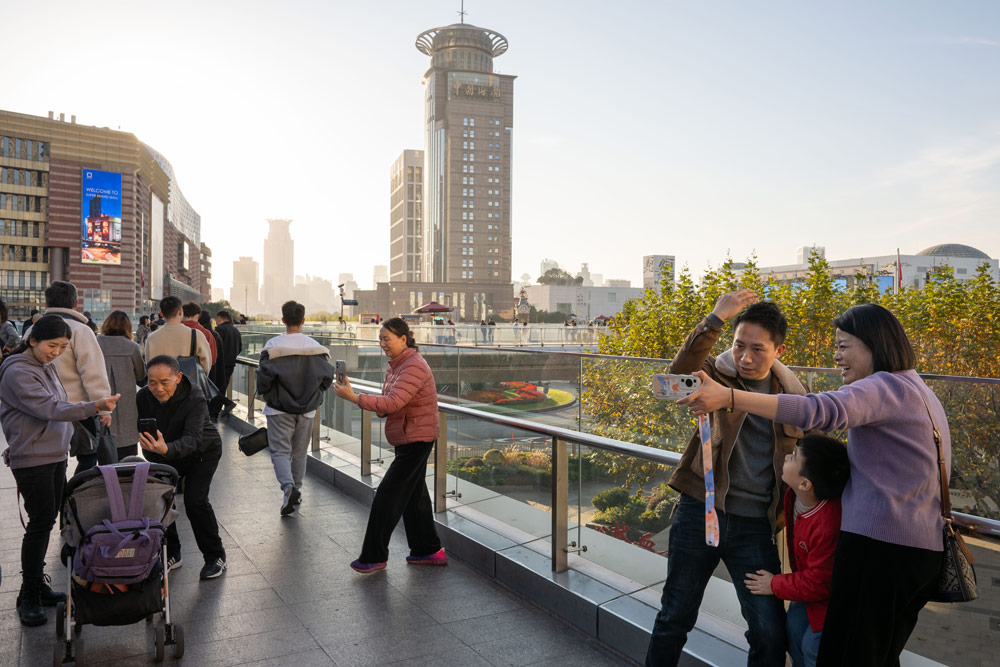Today is pancake day, aka Shrove Tuesday, here in the UK and pancake lenses are almost as mouth-watering as the real thing – every mirrorless camera owner should now own one, says Geoff Harris
I love pancake lenses and here’s why. While a big bulky telephoto lens can be impressive from an optical engineering perspective, and deliver great results, there is something very aesthetically satisfying about ultracompact pancake glass. This is particularly the case if you enjoy documentary, travel and street photography, as in my case, but these versatile lenses can be pressed into service for many different genres.
Pancake lens perfection
The most obvious advantage of a pancake lens is its discreet nature. I can hold my Leica Elmarit 18mm F/2.8 lens is my palm, and despite the superb optical quality, it weighs not much more than a couple of eggs. Indeed, rather than the lens weighing you down, a bigger challenge for me is remembering where I put it, as its weight can’t be felt in a typical bag.
Clever design and engineering aside, these svelte dimensions mean the lens won’t draw any unwanted attention in street photography, depending on your camera body, or take up any room in your luggage. Looking at it the other way, a compact pancake lens can also make a heavy, bulkier camera less of a chore to handle.
Pancakes on the street
I am not alone in singing the praises of pancakes. ‘Pancake lenses are great for street photography,’ notes AP editor, Nigel Atherton. ‘As well as being small and light, they generally have a perfect wideangle focal length that gives you a sense of being in the middle of things, rather than observing the world from the outside.
I took the Nikon Z 26mm F/2.8 on a trip to Shanghai recently and found myself using it a lot. That 26mm focal length may seem unusual but I found it ideal, giving just that bit more than the common 28mm focal length.’
Minimal benefits
Pancake lenses are often primes, so they usually have superior optics compared to a cheaper zoom lens, and offer a fast aperture of at least F/2.8. So they are useful for low light shooting or creating attractive background blur. Pancake zooms, meanwhile, protrude and weigh less than conventional zoom glass.
In addition, pancake lenses can often have a usefully short minimum focus distance, as can be seen in online editor Joshua Waller’s image below.

Furthermore, pancake lenses often give plenty of wideangle flexibility when you need it. My Leica 18mm glass is great for soaking up a wide sweeping vista, but other pancake lenses offer, for example, a focal length of 28mm or 40mm, making them just as handy for everyday photography and portraits.
Pancakes are easy on the pocket
Finally, pancake lenses can be very affordable. Anything made by Leica will command a premium price, but there are lots of cheaper alternatives – the Panasonic Lumix G 20mm f1.7 II ASPH is a great budget buy at around £250, while the Canon RF 28mm F2.8 STM comes in around £400.
There are a few downsides, however: cheaper pancakes may not be weather sealed, and many lenses will lack built-in optical stabilisation. Do your research and shop around, however, and chances are you’ll find a pancake lens that will really make your images sizzle, long after Shrove Tuesday has gone.
Further reading
Complete guide to street photography
Best lenses for street photography
What are the best small mirrorless cameras












